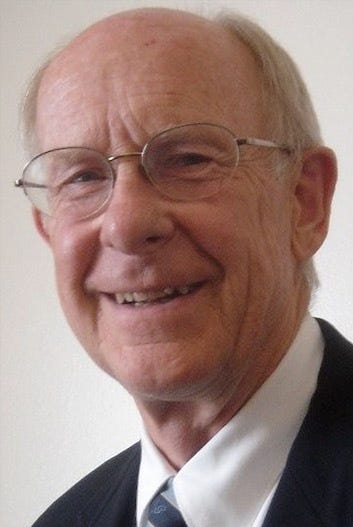A Catalyst to a Healthy Clean Energy Future for All
By Dr. Susan Pacheco, Dr. Natasha DeJarnett, and Dr. Carden Johnston
On a hot summer evening, a distraught mother of color brings her young daughter into the ER audibly struggling to breathe. The young child’s eyes are fearful behind the mask of her inhaler while her chest heaves to force air through constricted airways. Her usual asthma medications are no longer effective as air quality worsens in the extreme heat.
The solution lies in a suite of policies that will stimulate the transition to a clean energy future while protecting those who have historically suffered the brunt of fossil fuel pollution. Experts concur that a steadily increasing fee imposed on fossil fuel companies at the source (when it comes out of the ground or into the country) would serve as a catalyst to this transition.
Like our patient, people of color are three times more likely than white people to breathe polluted air in our country. Those who practice in Houston know first hand that air pollution contributes to myriad health problems from asthma to heart disease, lung cancer, developmental delays in children, and dementia in older adults.
Globally, nearly 500,000 infants die annually because of their mother’s exposure to air pollutants during pregnancy. Further highlighting disparities, studies have demonstrated an increased likelihood of dying from COVID-19 where air quality is poor. As temperatures increase, the quality of the air further degrades, especially for disadvantaged populations on the frontlines of fossil fuel pollution.
Fortunately, a price on carbon would not only reduce greenhouse gas emissions, but it would also improve air quality rapidly. One analysis projects a 75–90% reduction in air pollutants in just ten years. Those populations who have been disproportionately burdened by fossil fuel pollution would realize the greatest benefits. This is good news to the 4 out of 10 people who, like our patient, live in communities in which air pollutants are unsafe.

Many environmental justice advocates have appropriately raised concerns about utilizing cap and trade policies like those in California which did not definitely improve air quality for many frontline communities. It is important, however, to distinguish cap and trade policies from carbon fee policies. Although both are types of carbon pricing, most carbon fee policies do not allow for secondary carbon markets, ensuring that frontline communities realize the health benefits provided by improved air quality.
At least one carbon fee bill goes a step further. It not only places a fee on greenhouse gas emissions, but also puts a price on the most dangerous forms of air pollution responsible for the health problems described above. By placing a fee directly on these toxins, we can ensure that all communities, like the one in which our patient resides, realize the health benefits of improved air quality.
How would a carbon fee affect those who struggle to put gas in their cars or pay their energy bills? Returning revenues generated by the carbon fee directly back to US citizens protects most low and middle income families from rising energy costs.


One option would be to rebate the majority (approximately 70%) of revenues generated from fossil fuel pollution-fees directly to lower income families to offset possible cost of living increases, and then invest the remaining 30% of funds (hundreds of billions of dollars over the next decade) into frontline, Indigenous, and coal mining communities who have suffered disproportionately.
If we want to ensure a healthier future for all people, including this young ER patient gasping for air, we must advocate for a wide array of climate policies that will enable the world to thrive. While only one piece of the puzzle, federal carbon fee and dividend legislation will catalyze the transition to clean air and a healthy climate for all, especially those who have historically suffered the brunt of fossil fuel pollution.





















